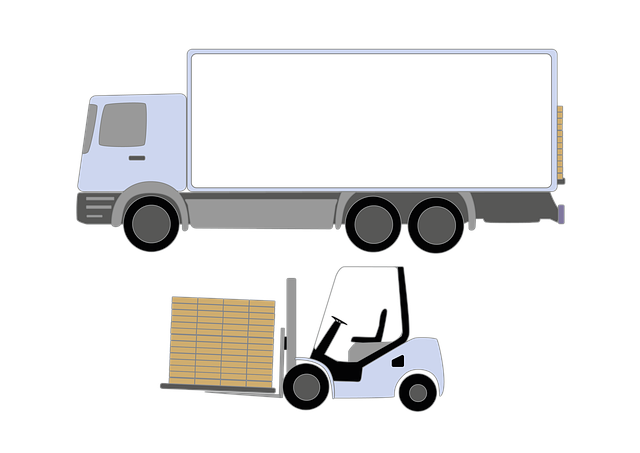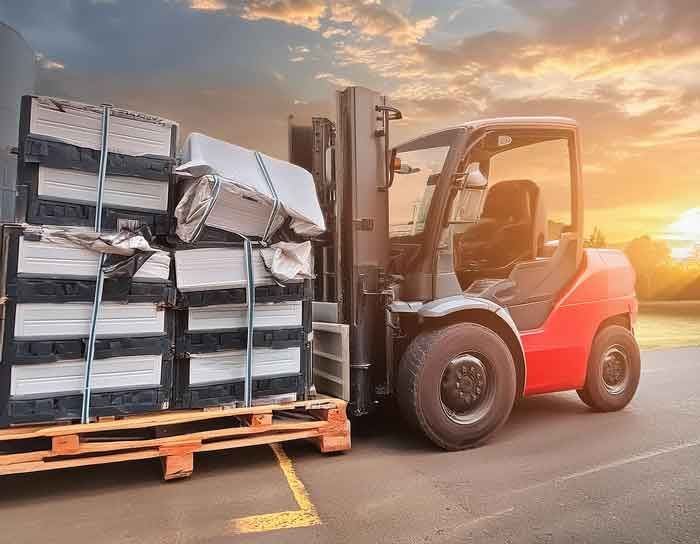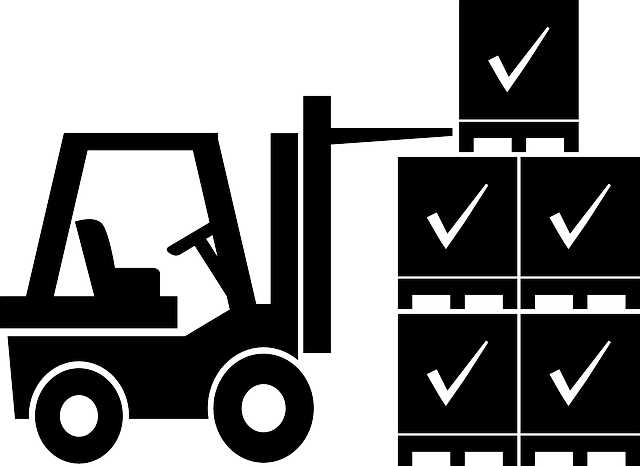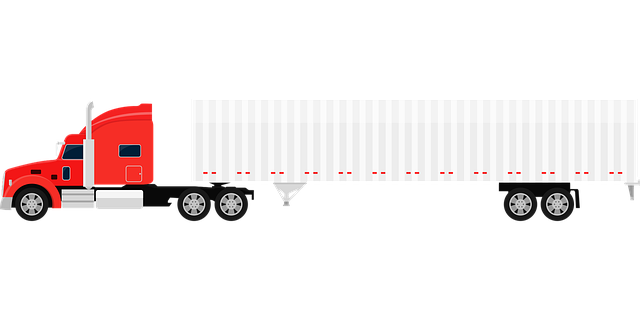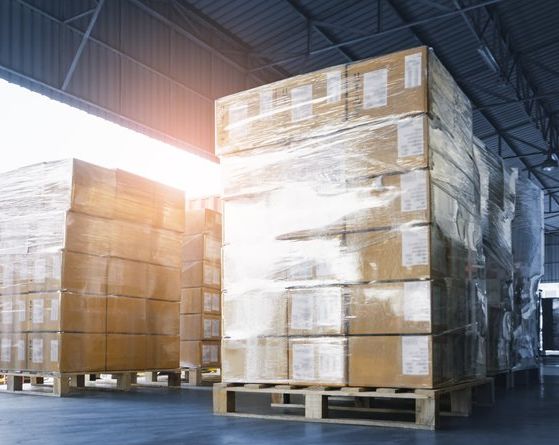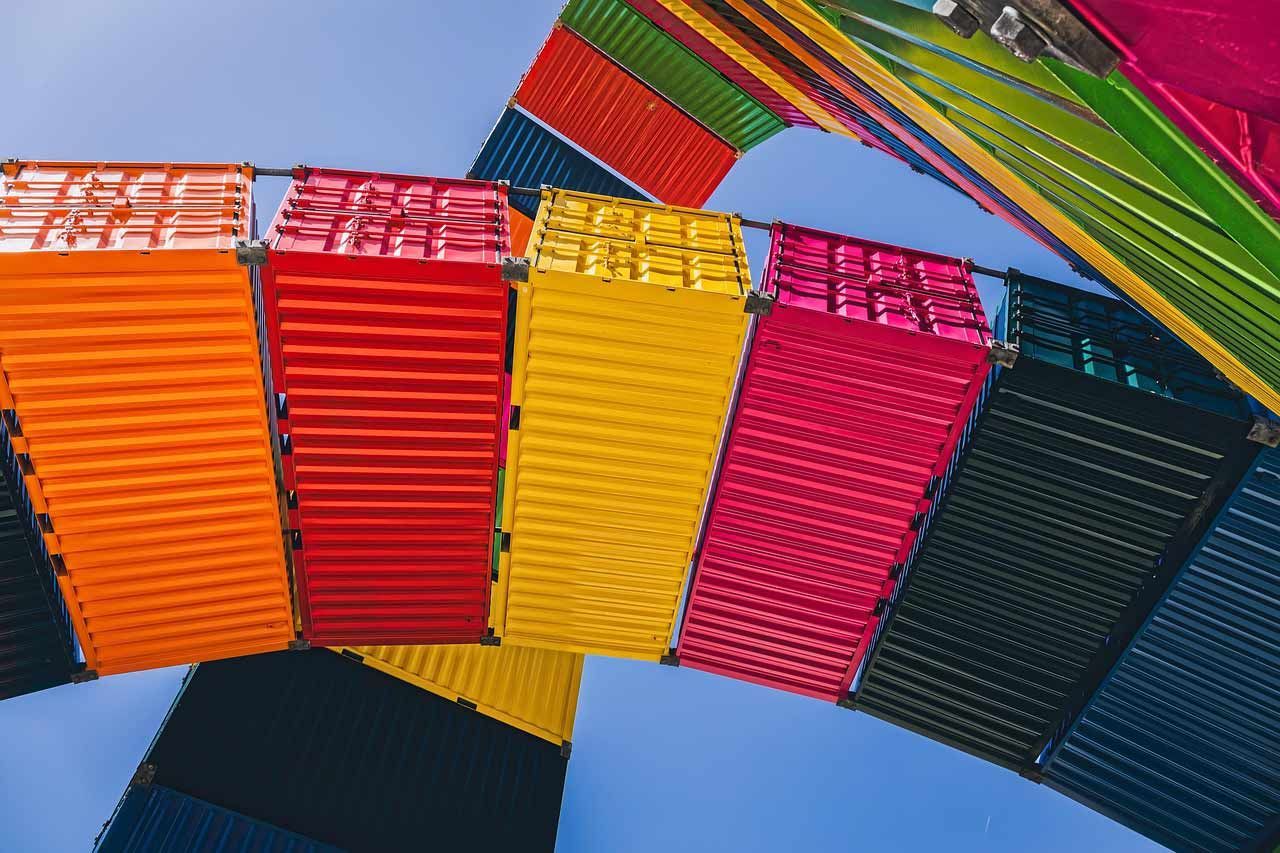Steps for Cargo Claims and Damage Prevention
Freight damage disrupts supply chains and eats into profits. Knowing how to handle claims and prevent damage in the first place is essential for keeping operations smooth. Here's a guide to navigating freight damage and reducing future risks.
Step 1: Document the Damage Properly
When damaged freight is delivered, documentation is your first line of defense. Always instruct the person signing the delivery receipt to simply write
"Damaged"—avoid guesses or assigning blame. For example, writing "Damaged due to bad packaging" gives carriers a way to deny responsibility by blaming the shipper.
Photograph the damage from multiple angles immediately upon receipt. Ensure all documentation is clear, accurate, and submitted with the claim.
Step 2: File Claims Promptly and Accurately
Step 3: Address Patterns of Damage
Step 4: Prevent Damage Through Better Practices
Prevention is the best cure for freight damage. Here are key practices to reduce risk:
- Proper Packing: Use sturdy materials, secure items tightly, and follow carrier guidelines for weight distribution.
- Strategic Loading: Ensure freight is loaded correctly to avoid shifting during transit.
- Training Staff: Educate teams on proper packing and handling techniques to minimize damage risks. Also, train staff on how to properly sign a delivery receipt when damage is occurring in transit.
Step 5: Automate Your Claims and Prevention Process
Using a TMS like ViewPoint can simplify claims management. It helps track damages, streamline documentation, and flag repeat issues with specific vendors or carriers. Automation ensures nothing is overlooked and allows for better tracking of claims and costs over time.
Transportation Industry Resources
If a facility is experiencing frequent packaging-related issues, one proactive solution is to review and improve packaging methods based on industry best practices. Damage occurring across multiple carriers often points to packaging as the root cause. Facilities can perform internal tests, such as drop tests or compression tests, and consult with packaging experts to identify weaknesses. For example, upgrading to reinforced crates, adding protective layers like foam or bubble wrap, or securing items with additional bands can significantly reduce damage rates. Clear, standardized labeling that complies with carrier requirements can further enhance handling efficiency and minimize risks.
Facilities can assess packaging effectiveness using drop tests, vibration tests, and compression tests aligned with ISTA (International Safe Transit Association) or ASTM (American Society for Testing and Materials) standards. Failing these tests would confirm the need for improvement.
At
TLI, we collaborate closely with our carrier partners to address packaging challenges. Our team occasionally joins carriers on-site to evaluate packaging processes and recommend practical enhancements. For example, carriers might suggest adding extra bands to secure machinery in crates, improving shrink-wrapping for electronics to prevent moisture damage, or refining labeling practices to ensure better visibility and clarity during transit. This hands-on approach ensures that our clients’ shipments are protected and aligned with carrier handling standards, reducing damage and enhancing overall efficiency.
Freight Claim Timelines & Settlement Processing
As a TLI customer, you can delegate the entire
freight claims submission process to us, allowing our experienced team to handle the paperwork and communication with the carrier on your behalf. We work diligently to mitigate claims and ensure the best possible outcome for your business. If you're curious about carrier timelines for responding to and settling freight claims, be sure to check out our detailed article below.

